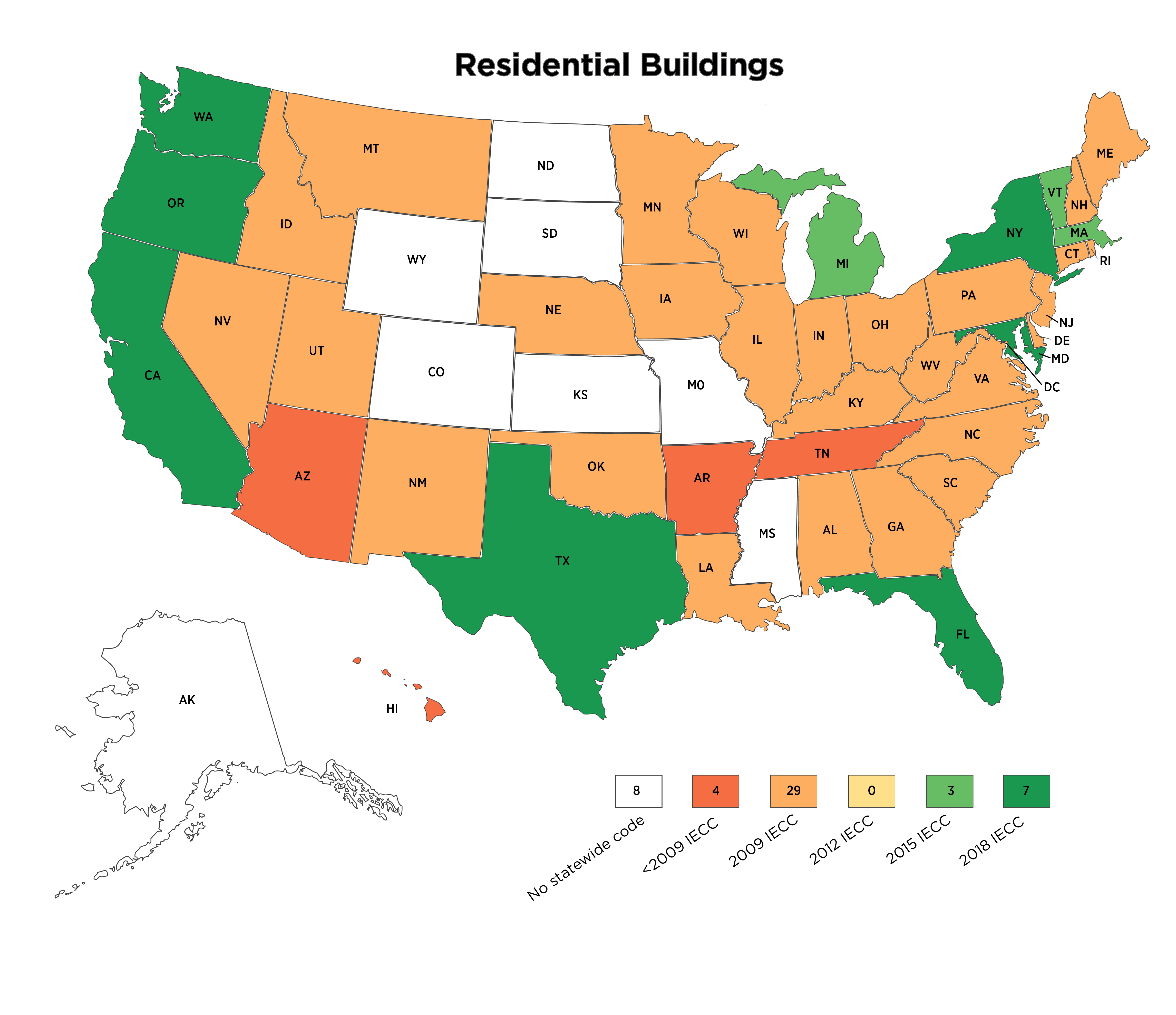NABCEP recently distributed an email that officially marked the launch of the two new solar inspector certifications, one for photovoltaic systems and the other for solar heating systems.
If NABCEP and photovoltaic are new terms for you, please take a moment to review our Solar Overview series where we will cover ways in which individuals can pursue solar energy as a career and add these skills to their business.
If you’re as intrigued about these new NABCEP certification credentials as we are, keep reading!
Become a Certified Solar Inspector Now
It appears as though the exams for the Photovoltaic System Inspector (PVI) and Solar Heating System Inspector (SHSI) certification exams are now available.
When you visit the NABCEP website, you’ll see “PV and Solar Heating System Inspector Certification Programs” in the left sidebar menu. From there, you’ll find links to the NABCEP System Inspector Handbook, Job Task Analyses, and NABCEP Testing Portal.
How the NABCEP System Inspector Certifications Fit In
If you’re familiar with the NABCEP credentialing program, you know that there are several credentials/certifications that you can earn.

The 1 superscript shown beside the Certifications heading comes with this note: “While this Handbook tries to differentiate between NABCEP Certificants and NABCEP Credential holders, the term ‘Credential’ applies to both.”
Oh, how I wish I could explain the thought process here! I’ll try my best…
The NABCEP Associate program used to be called the NABCEP Entry Level program and existed to demonstrate one’s proficiency with basic solar electric and solar thermal concepts. Because there were no continuing education requirements for the NABCEP Entry Level designations, NABCEP largely referred to these titles as “Credentials.” You would possess a Certificate of Knowledge, not a Certification. The “Certifications” were more advanced, had more eligibility requirements, and had continuing education requirements.
In August 2016, NABCEP rebranded the Entry Level program to the new title of Associate. Aside from the name change, one of the biggest differences between the Entry Level and the Associate designations was the introduction of continuing education requirements for Associate professionals. Following this pattern, you would think the Associate titles would be considered “Certifications” but…no?
So what I take away from the footnote is that anyone with any of the titles in the above graphic would be in possession of a NABCEP Credential. NABCEP, however, adds an extra layer of significance to the credential holders in the left column, stating that they have a “Certification,” whereas folks living in the right column have only a “Credential.”
Now that we’re clear on that terminology, let’s try to understand why the PV System Inspector and Solar Heating System Inspectors are considered “Certifications.”
How to Qualify for the NABCEP Solar Inspector Certifications
As we just noted, the NABCEP Certifications generally have a long list of eligibility requirements.
What we find particularly interesting about the new solar inspector certifications are the lack of stated prerequisites. The name alone implies that the candidate should have some familiarity with photovoltaic and/or solar thermal systems, but NABCEP does not explicitly state what they expect that familiarity to be. After all, how can you inspect something that you have no experience with?
You might say that a solar system inspector provides quality assurance that a solar installation was set up correctly, and how intriguing that the prerequisites for these exams do not specifically identify any education or experience requirements.
Eligibility Requirements
To take the NABCEP PVSI or SHSI exams, a candidate must:
- Be at least 18 years old
- Complete an application
- Sign and agree to uphold the NABCEP Code of Ethics and Standards of Conduct
- Pay all applicable exam fees to NABCEP
The NABCEP System Inspector Handbook states that the NABCEP solar inspector exams are intended to test the knowledge of someone who is familiar with photovoltaic and/or solar thermal systems. Applicants should know how to assess the safety and operation of a system and be able to verify code compliance via interpretation of design plans and building documents, conduct on-site inspections, and report results.
So, while not stated in the eligibility requirements, it seems fairly suggested that a candidate have some kind of education or experience before attempting the solar inspector certification exams. NABCEP is just not stating explicitly what that education or experience should be.
Solar Inspector Knowledge Areas
Let’s take a look at the learning objectives from the PVSI and SHSI Job Task Analyses to get a better idea of what knowledge candidates should possess before attempting the solar inspector exams.
Photovoltaic System Inspector Exam – 4 primary knowledge areas
The PVSI exam tests a candidate’s competencies regarding 15 tasks organized into 4 performance domains:
- Inspecting Electrical Components and Systems (44% of exam)
- Inspecting Energy Storage Components and Systems (21%)
- Inspecting Mechanical/Structural Components and Systems (21%)
- Documentation for the System Inspection (14%)
Solar Heating Inspector Exam – 5 primary knowledge areas
The SHSI exam tests a candidate’s competencies regarding 13 tasks organized into 5 performance domains:
- Appropriate System Design for Applications
- Structural
- Mechanical and Solar Loop
- Plumbing/Potable Piping
- Electrical
The exam proportions for each SHSI knowledge area do not appear to be available yet.
Within each performance domain, the tasks are categorized according to their priority or importance using three levels:
- Critical
- Very Important
- Important
If you’re following along with the Job Task Analysis for the SHSI Certification, you’ll notice that Very Important is highlighted yellow early on in the document, but the matching color beside the task(s) is labeled only as Important. Important is highlighted blue early on in the document, and the matching color beside the task(s) is labeled as Useful. It’s a little confusing. The prioritization levels are much more clear and consistent in the PVSI Job Task Analysis.
Next Steps
There’s no doubt that the PV System Inspector and Solar Heating System Inspector Certifications have value and fill a much-needed gap in the solar workforce. With the increase in solar installations and more rigorous solar standards being written into the National Electric Code, there needs to be educated, experienced, certified individuals who can competently inspect the work and make sure it was done correctly and with safety in mind.
But…I have to wonder if NABCEP has jumped the gun in introducing these exams. There are several inconsistencies and vague areas that need to be clarified. The optimist in me wonders if NABCEP introduced these exams in this state in order to help those who need the certification “now” and will fix the inconsistencies later after having had a score of individuals go through the process. But it’s difficult to advise people when there’s not enough information to make an educated decision…
What I’d Like to See Fixed
If possible, I would wait to pursue the solar inspector certification until the following areas have been resolved:
- Outline specific education and/or experience requirements
- Clearly define the difference between a “certification” and a “credential”
- Provide a recommended career pathway (PV Associate first, then PV Installation Professional, then PV System Inspector)
- Clarify the importance of the SHSI performance domains by assigning proportional exam weights to each
- Correct the priority levels in the SHSI JTA so that the Very Important/Important and Important/Useful categories match
Only then would I feel more comfortable recommending these new certifications. Again, there IS value in solar system inspection, and introducing these exams is a great step for NABCEP and the solar workforce. I just want to know that the information that has been presented so far will be fleshed out.
As it stands now, the PV and Solar Heating Inspector Certifications are listed under the Associate Program and above the Get Certified link in NABCEP’s menu. On a somewhat subconscious level, you might think that the inspector certification is the middle step in the credential process…but is it? I’m sure NABCEP just wanted to offer visibility and prominence to its new certifications, but if they are, in fact, certifications (like PV Installation Professional and PV Technical Sales), shouldn’t they be listed under the Get Certified link?
If You Are New to Solar
We recommend that you begin with the NABCEP PV Associate program.
This credential demonstrates a broad understanding of solar energy systems, electricity, safety, and system maintenance. You can qualify for this entry-level exam with Everblue’s NABCEP PV Associate course.
After You’ve Passed the NABCEP PV Associate Exam
We recommend that you pursue the NABCEP PV Installation Professional exam.
Once you have the fundamental knowledge, you can push yourself further by understanding the technical intricacies of solar panel installation. This is an advanced certification with a multitude of eligibility requirements. The Training requirement can be achieved through Everblue’s NABCEP PV Installation Professional program.
After You’ve Passed the NABCEP PV Installation Professional Exam
You may choose to pursue the NABCEP PV Technical Sales exam or the NABCEP PV System Inspector exam.
Only after you’ve demonstrated entry-level and advanced proficiency in solar photovoltaic system design, installation, maintenance, and troubleshooting should you consider pursuing these ultra-advanced exams (in my opinion).
It’s like when you’re a business owner – the most successful business owners understand how all the bits and pieces work together on a “daily tasks/transactions” level as opposed to those business owners who bark orders without any understanding of what processes are necessary to satisfy the command. In solar terms, an individual will be far more successful as a salesperson or as an inspector if he/she has a sufficient understanding of how solar systems are designed, installed, and maintained.
This is just my two cents and my initial impression of the new NABCEP solar inspector certifications. Perhaps I’m being too critical of something so new, and perhaps the areas of weakness listed above were already intended to be fleshed out. Let us know what you think about the solar inspector certifications by commenting on Everblue’s Facebook page or dropping us a line on Twitter to @everblue_edu.
For more information on how to get started with a career in solar energy, give us a call at (800) 460-2575 or email us at [email protected].
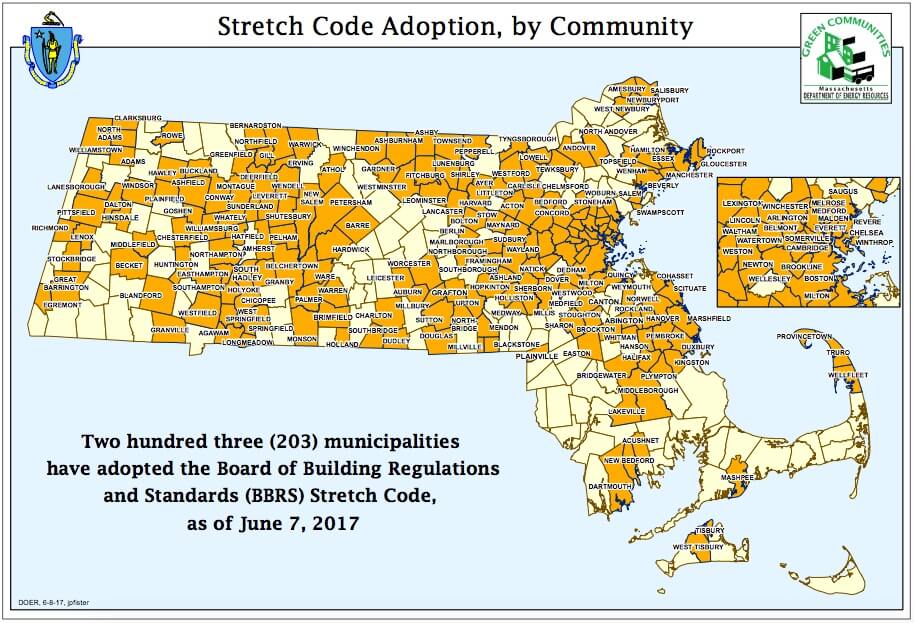


 The “membership” listed here refers to Company Membership. Companies can pay an annual fee (at various levels) to be considered a USGBC National Member. Individuals who are full-time employees of a USGBC National Member Company are eligible for the $50 discount. Individuals who are members of their local USGBC chapter are not eligible for this $50 discount.
The “membership” listed here refers to Company Membership. Companies can pay an annual fee (at various levels) to be considered a USGBC National Member. Individuals who are full-time employees of a USGBC National Member Company are eligible for the $50 discount. Individuals who are members of their local USGBC chapter are not eligible for this $50 discount.


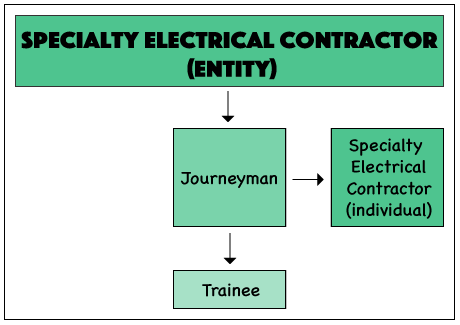




 If your goals fall within either bucket, but you’re not sure how to get started, give us a call at (800) 460-2575. We’ll help provide guidance on whether you should enroll in
If your goals fall within either bucket, but you’re not sure how to get started, give us a call at (800) 460-2575. We’ll help provide guidance on whether you should enroll in 

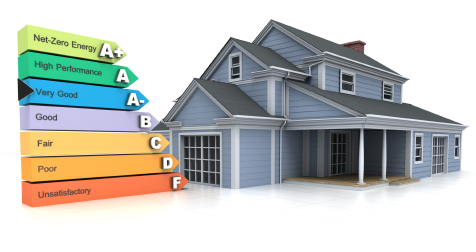

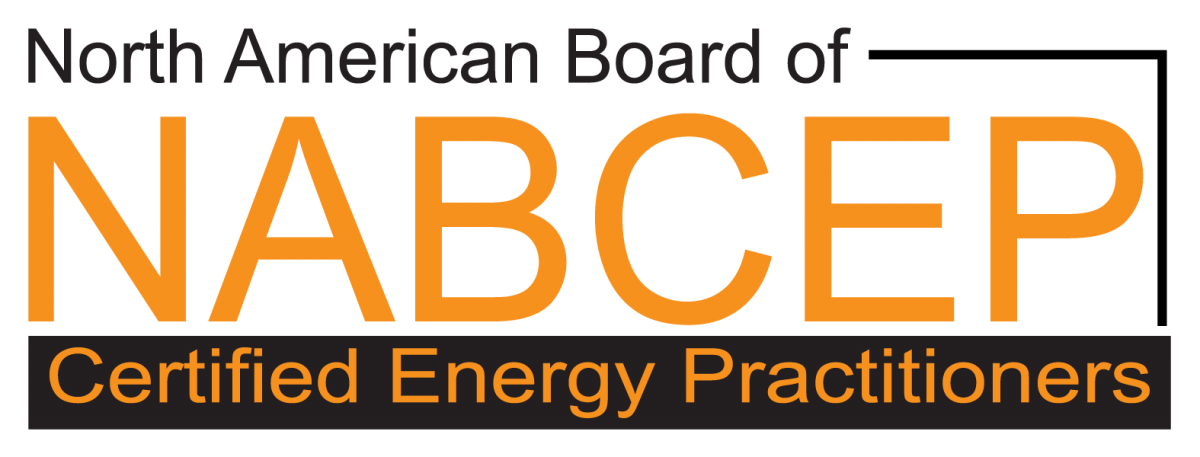
 Intersolar North America
Intersolar North America NABCEP and
NABCEP and  All individuals with the NABCEP PV Installation Professional or NABCEP PV Technical Sales certifications can receive a 10% discount on the
All individuals with the NABCEP PV Installation Professional or NABCEP PV Technical Sales certifications can receive a 10% discount on the  GuildQuality
GuildQuality SolarNexus
SolarNexus